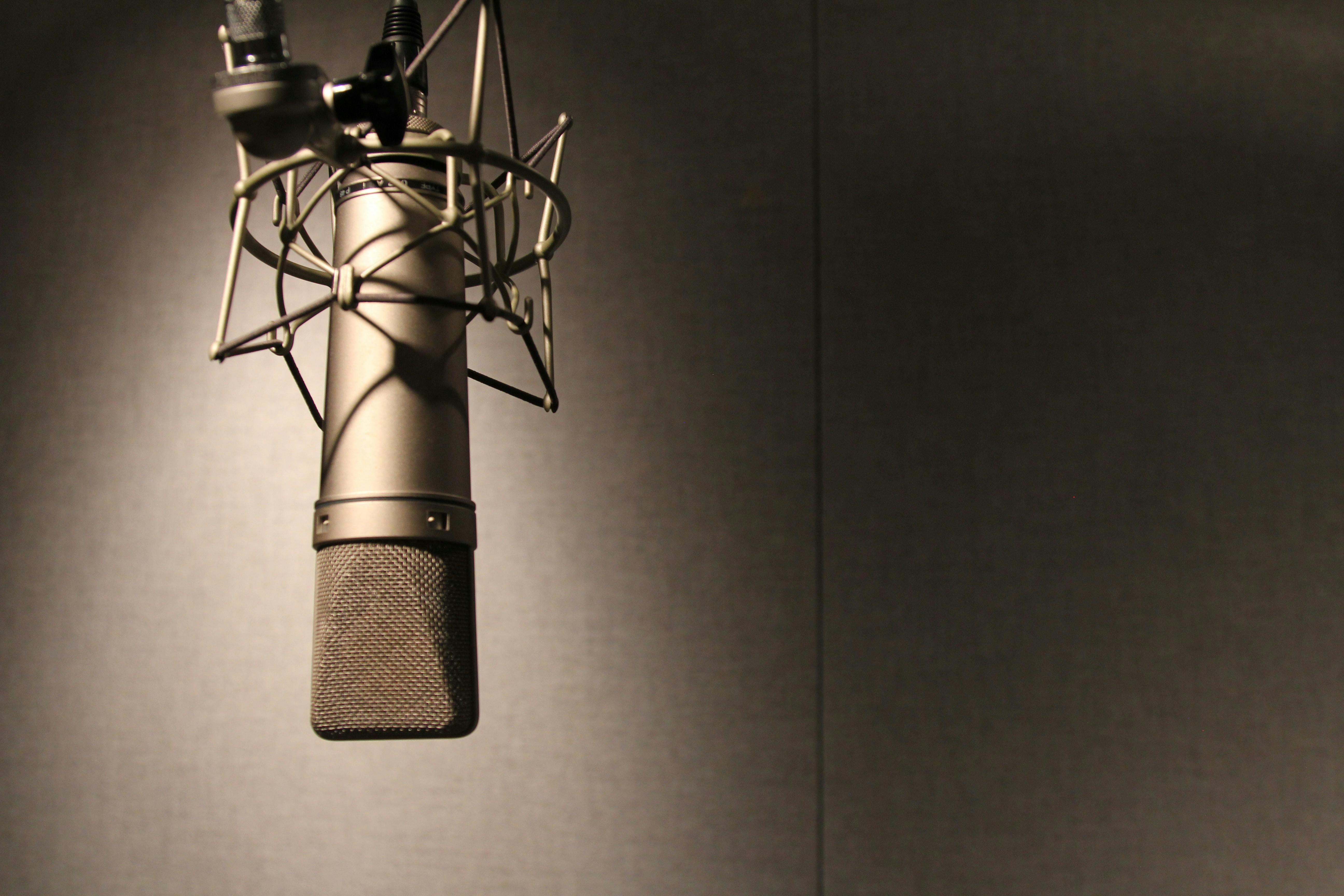
Nurole Guide: How to best interview new board directors
Expert insights into how to approach interviews and what questions to ask.
Interviews used to be much more art than science, but research has revolutionised our understanding of their structure, dynamics and effectiveness.
That said, interviews are imperfect. In a 2010 study, Professor Allen Huffcutt laid out seven interview principles that organisations should consider. The first one stated, “Acknowledge the inherent difficulty of making judgments from an interview.” His point is that it’s hard to fully understand a candidate’s potential in a short conversation (which is why, as we shall see later, the interview should be one part of a comprehensive hiring process).
Interviewing potential board members brings a specific set of challenges. Firstly the interviewee is often a senior professional with an impressive CV. “Interviewers are other board members who don’t want to conduct a tricky, testing interview of their future peers,” says Alan Foster, partner of leadership consultancy ghSMART. “It can feel awkward or inappropriate to dig deep and figure out who they really are, what they're really good at, and where their gaps are.”
The other challenge is analysing a very qualified executive for a non executive board role. Someone may be great in a very hands-on context, but less able to step back and play the oversight role expected on a board.
These challenges notwithstanding, interviews can be hugely beneficial if they are designed, carried out and evaluated in the right way.
Be wary of snap judgements
We’re used to hearing that first impressions count. When researchers Tricia Prickett and Neha Gada-Jain studied a series of interviews, they discovered that judgements formed in the first ten seconds could predict whether the person would be offered the job or not.
As Google HR guru Laszlo Bock explained, “Based on the slightest interaction, we make a snap, unconscious judgment heavily influenced by our existing biases and beliefs. Without realising it, we then shift from assessing a candidate to hunting for evidence that confirms our initial impression.”
Structured vs unstructured interviews
A big part of Bock’s prescription to improve the interview process is to move from unstructured to structured interviews. The key characteristics of structured interviews are:
- There is a fixed set of questions which are designed to explore the core competencies you are hiring for.
- The questions are the same for all candidates.
- All responses are recorded and scored against the same scale.
This is the best example of the art to science shift that has changed what best-practice hiring looks like. In the past, unstructured interviews were the norm – formless, improvised and often focusing on how well the interviewer and interviewee clicked. This may make for a convivial process, but it’s not the way to hire the best possible people.
In their comprehensive study, academics Frank Schmidt and John Hunter rated how well different hiring methods could predict a candidate’s future performance. They found that structured interviews could predict 26% of future performance potential – way ahead of unstructured interviews at 14%.
There’s more – Google has found that structured interviews are better for:
Efficiency
The structured approach saves, on average, 40 minutes per interview.
Candidate satisfaction
Rejected candidates who went through a structured process were 35% happier than those who went through unstructured interviews.
Diversity
Structured interviews are less likely to disadvantage under-represented groups and apply a set of objective criteria that can overcome the temptation for “one-of-us” hires that lead to homogeneous boards.
Start with a clear brief
For structured interviews to work, it’s vital the board knows what skills, experiences and competencies it is looking to add. This can be easier said than done, says Alan Foster, “especially if you want a board that encourages dissent, diversity and heterogeneity of opinion.”
The board needs to think about where the organisation is now and where it’s trying to get to. What challenges will it need to navigate and what opportunities might present themselves? Then look at your current board, and think about where the gaps are. Write a proper role specification, and scrutinise interviewees against those agreed criteria.
Keep each interview small
For the best and most focused interviews, Alan recommends capping it at one or two interviewers per session. “Panel interviews tend to be uncoordinated and ineffective, resulting in the better interviewee, not the better board member, getting selected.” If you want multiple members of the board to meet with a candidate, adopt a process where each pair of interviewers focus on a different area.
See the interview as a data gathering exercise
Be very clear with what the interview is trying to achieve. According to Alan Foster you want to understand past performance, their expertise, how they prefer to behave and where their gaps are. “Then you can decide how that matches up to the scorecard and the criteria that you've agreed are important.”
Alan recommends the interview focuses a lot on their relevant past roles. “If you can gather evidence of them operating in a similar context, and having delivered what you need, whether that’s helping take a brand digital or cracking the US market, it should give you confidence in terms of what they can do and how they can do it.”
But don’t just concentrate on the successes. “We often find the strongest candidates are the most open about things they wish they'd done differently.”
Suggested questions:
- What was the role you were appointed to?
- What was your role in relation to the other board members? (to understand the ecosystem in which they were trying to operate)
- Help me understand the culture of that company.
- What were the strengths and gaps of the CEO?
- What was the strategic context of where the company was, and where it was going?
- What were you really proud of being able to get done on that board?How did you do it? What was your contribution versus other people around the table?
- What didn't you get done that you were hoping to?
- Where would you have hoped to have more influence?
- Who was the chair of the board? Who was the senior independent director? If we gave them a call, what are we going to hear about you? What are they going to praise about your contributions? What are they going to say where you could have added even more value?
These questions will need to be tailored to candidates who don’t have board experience. First-timers can bring fantastic new perspectives, but it’s important to explore how ready, willing and able they are to shift into the different mindset required of non-executives.
How well do they understand the role and the organisation?
Good candidates will have done their research, but it’s a good idea to ask questions that will tell you how much they know about the organisation, how well they understand its challenges and how they interpret its key priorities.
Suggested questions:
- How does your worldview overlap within our mission?
- What do you think about our most recent financial statements?
- What do you think is the public perception of this organisation?
- What do you think the current board needs to focus more on?
Personality and character
To understand how a candidate thinks and what makes them tick, you might consider two types of popular questions, behavioural and situational.
- Behavioural questions are often framed as, “Tell me about a time…”
- Situational questions pose specific hypotheticals, i.e. “What would you do if?”
In Reinventing the interview, organisational psychologist Professor Adam Grant observes that behavioural questions tend to favour those with prior experience while situational questions level the playing field. This is an important consideration if you’re interested in hiring first-time directors, which is a great way to diversify your board.
Worklife with Adam Grant: Reinventing the Job Interview
Don’t hire someone who’s too busy
One of the most common mistakes boards make is hiring someone who is already over committed. Make sure to ask whether they have enough time to contribute in the way you need. Be clear on your expectations and understand how this role would fit into the rest of their lives (personal and professional).
Invite (and learn from) their questions for you
It’s important to leave some time for the candidate to ask you questions. This allows them to explore and clarify particular issues, but you can also learn something from what they ask.
Experienced director Dennis Cagan believes that this part of the interview is perhaps the most important. “One of the most desirable attributes of a world-class director is their ability to hone in and ask the tough questions,” he says.
“Use the candidates’ questions themselves to understand and evaluate the depth of their knowledge, their understanding of your business, their analytical and strategic skills, and how well they would mix with the personal chemistry of your other directors, the company shareholders/owners, and the management team.”
Think about the "how" as well as the "what"
It’s impossible to only focus on what someone is saying – as humans we are hardwired to register and respond to how someone is communicating. The key is to consider these attributes as they relate to the criteria you have previously set out.
To say someone “talks too much” is a fairly arbitrary, and subjective observation. But an ability to clearly and concisely make a point is a much more objective standard to set, and one which could directly affect someone’s ability to make a valuable contribution in the boardroom.
See the interview as one part of the process
Interviews are, as Professor Huffcutt underlined, inherently limited. Ideally they wouldn’t be the be-all and end-all of your hiring process, but one of several steps to identify the right person. You might also consider:
Work specific tests
In Schmidt and Hunter’s analysis, these work sample tests were the most effective hiring method, able to explain 29% of future performance potential. You might share a challenge your board is facing, or a set of financial accounts, and ask the candidate to suggest solutions or improvements. These tests can be time-bound, and help demonstrate how a candidate thinks. They also provide a clear basis for comparison with other candidates.
Cognitive testing
Sometimes known as General Mental Ability (GMA) or intelligence testing. These came in second in Schmidt and Hunter’s study with a score of 26%. Crucially, they don’t just measure how clever a candidate is, but also how well they learn.
Referencing
This is often seen as the final formality in a hiring process. But if you approach it as a box-ticking exercise, you risk confirmation bias kicking in and only hearing what you want to hear. Good references take time – ask specific questions and request real examples of a skill or behaviour.
Conclusion
As board hiring changes, the interview process needs to change too. Finding out if someone is “one-of-us” over drinks is out – rigorous, objective and formal data gathering is in. By rethinking how and why you interview candidates, you can unlock a much more effective route to finding the best possible new hires for your board.
One caveat – it requires a significant amount of preparation to do this well. That’s why we built the processes into the Nurole platform, as most boards don’t have the time or expertise to do it themselves.
Nurole provides best-in-class hiring for forward-thinking boards. We blend the power and reach of technology with a very human understanding that every role, every organisation and every candidate is different. Contact us to discuss your next hire or find out more about becoming a member here.






